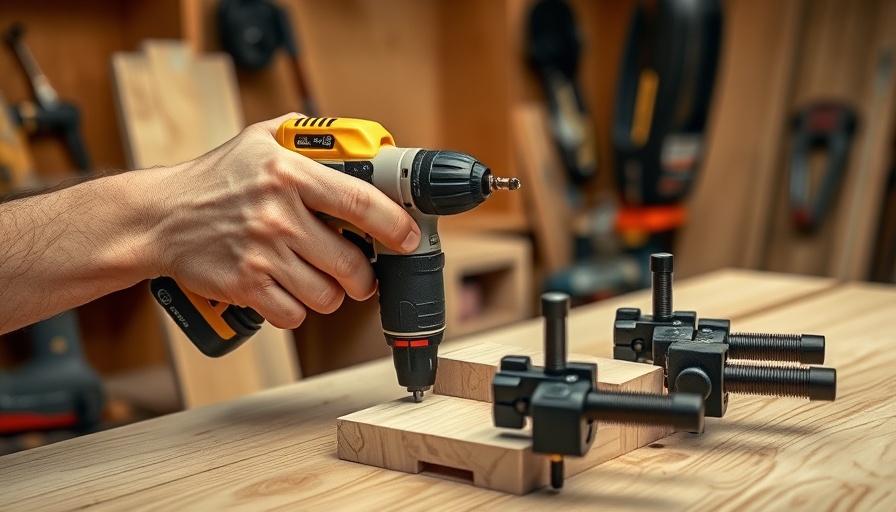
Mastering the Drill: A Homeowner’s Essential Guide
For homeowners looking to enhance their living spaces while ensuring their own health and wellness, mastering the art of drilling can be a surprisingly crucial skill. Whether you’re hanging pictures, installing shelves, or tackling more extensive renovation projects, understanding the types of drill bits and materials is essential to achieving professional-looking results.
Why Choosing the Right Drill Bit Matters
Every successful home project begins with the right tools, and drill bits are no exception. Using the appropriate drill bit type for the task can make all the difference. For instance, high-speed steel (HSS) bits are perfect for wood, while masonry bits are designed specifically for drilling into brick or concrete. The wrong choice can lead to frustrating results, wasted materials, and even potential hazards.
Types of Drill Bits You Should Know
In this guide, we’ll explore several popular types of drill bits and their specific uses:
- Twist Bits: Ideal for general purposes on softwood, hardwood, and metal, they are the most common drill bits.
- Masonry Bits: Specifically designed for drilling into stone, brick, or concrete, these bits are essential for outdoor projects.
- Spade Bits: Best for making larger holes in wood, spade bits offer quick and efficient drilling.
- Hole Saws: Perfect for creating round holes in a variety of materials, making them great for installations like doorknobs.
- Counterbore and Countersink Bits: These are helpful for finishing touches, allowing screws to sit flush with the surface.
Materials Matter: Matching Bits to Your Projects
Not only do you need to select the right type of bit, but you also need to consider the material it’s made from. For example, carbide-tipped bits are extremely durable and effective when drilling into hard surfaces such as concrete. HSS bits are often enough for wood projects, while titanium-coated bits can provide added durability and resist wear over time.
Health and Safety: A Key Consideration
As you embark on your DIY projects, it’s important to prioritize your health and wellness. The vibration from drilling can lead to hand and wrist strain if not done correctly. Always ensure you maintain a proper grip on the drill and take breaks as necessary. Additionally, don’t forget to wear safety glasses to protect your eyes from dust and flying debris.
Practical Tips for Successful Drilling
To make your drilling projects a breeze, consider these tips:
- Mark Your Spot: Always mark where you want to drill. This guidance helps prevent mistakes and ensures accuracy.
- Start Slow: Especially for tougher materials, starting with a slow speed allows the bit to catch without breaking or slipping.
- Keep It Clean: Remove dust and debris from your work area regularly to see your marks and ensure a safe working environment.
Incorporating Your Own Style into the Home
Drilling is not just about functionality; it’s also about expressing your personal style. Homeowners have a fantastic opportunity to customize their living spaces. Whether it’s adding a unique shelf to display your favorite books or installing a decorative wall piece, the right drilling techniques can help realize your vision.
Final Thoughts and Encouragement
Embracing DIY projects and understanding the intricacies of drilling can significantly enhance your home and wellbeing. Not only will you gain a sense of accomplishment, but you will also create spaces that reflect your personality and style. Consider your health, the tools at hand, and most importantly, have fun with each project!
 Add Row
Add Row  Add
Add 



Write A Comment